Berlin and National Socialism: Berlin Under Nazism
When contemplating Berlin’s tumultuous past under National Socialism, one cannot overlook the haunting presence of the Topography of Terror.
This site, once the nerve center of the Nazi regime’s terror apparatus, now stands as a stark reminder of the city’s dark history. The shadows cast by these remnants of the past raise questions about memory, responsibility, and the complexities of coming to terms with a city haunted by its own past.
The journey through Berlin’s history under Nazism promises to unravel layers of significance that continue to shape the city’s identity today.
Key Points
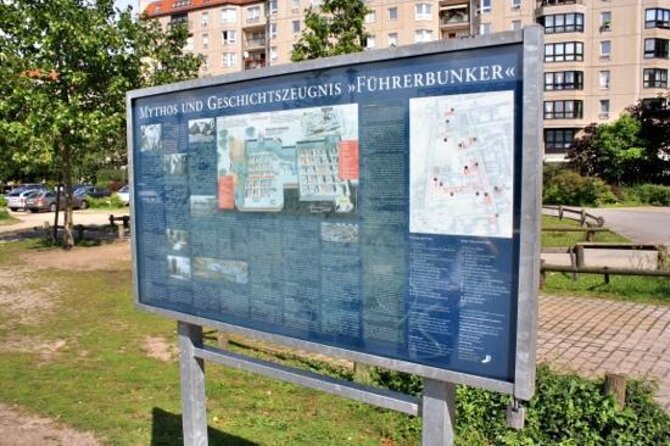
- Berlin’s pre-war landscape transformed with grandiose structures for Nazi propaganda.
- Society deeply divided with strict cultural censorship and manipulation of public opinion.
- Architectural remnants like the Reich Chancellery serve as stark reminders of Nazi rule.
- Post-war Berlin faces a reckoning, balancing remembrance with progress towards a more enlightened future.
Here's some more nearby activities we've reviewed
Berlin’s Pre-War Landscape
How did Berlin’s landscape transform in the period leading up to World War II?
Berlin’s pre-war landscape underwent significant cultural changes that held immense historical significance.
The city saw a shift in architecture, with grandiose buildings and monuments erected to showcase the power and ideology of the ruling regime.
The Nazis utilized these structures to propagate their beliefs and project strength.
Plus, there was a suppression of diverse cultural expressions as the regime imposed its narrow vision on the city’s artistic and intellectual life.
These changes not only reshaped the physical appearance of Berlin but also had a profound impact on its societal norms and values, setting the stage for the dark chapter of National Socialism that was to follow.
Rise of National Socialism
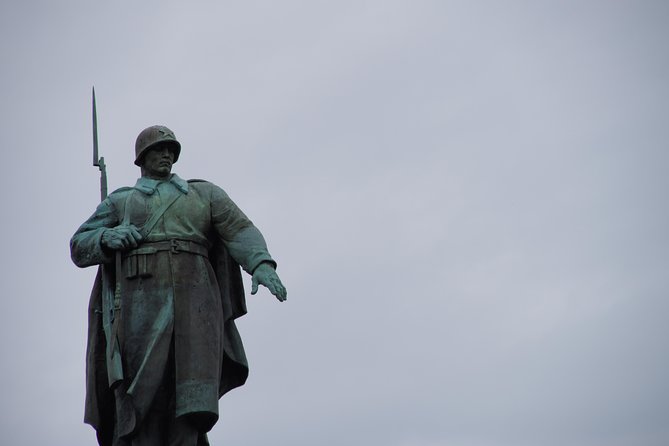
During the tumultuous period leading up to World War II, the ideology of National Socialism began its ascent in Berlin, shaping the city’s landscape and societal fabric with profound consequences.
Propaganda techniques were heavily employed by the National Socialist German Workers’ Party (NSDAP) to manipulate public opinion, spread their ideologies, and consolidate power. The use of posters, radio broadcasts, and rallies played a significant role in influencing the thoughts and beliefs of the population.
Plus, cultural censorship was enforced to control artistic expression and ensure that only works aligning with Nazi ideals were promoted. Books, films, and artworks deemed subversive were banned or destroyed, limiting diversity and reinforcing the party’s narrative. These measures were instrumental in solidifying the grip of National Socialism on Berlin’s society as it marched towards the horrors of the war.
Impact on Berlin Society
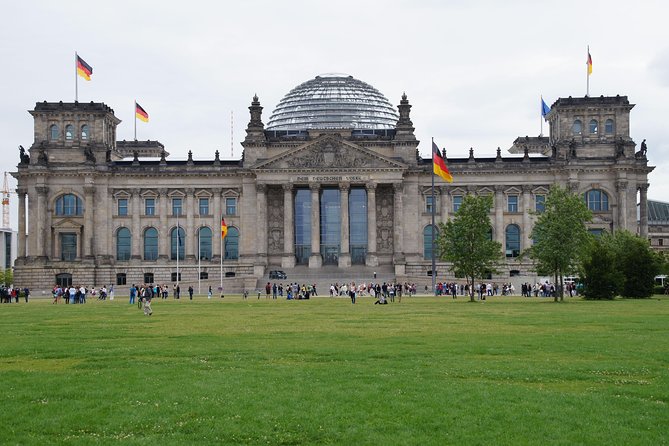
The impact of National Socialism on Berlin society was profound, shaping the city’s cultural landscape and social dynamics in significant ways. This period brought about:
-
Polarization: Society became deeply divided, with individuals taking extreme positions on political and social issues.
-
Censorship: Cultural expression faced severe restrictions, leading to a stifling of artistic freedom and diversity.
-
Social Hierarchies: The Nazi regime reinforced strict social hierarchies based on race, ethnicity, and political beliefs.
-
Propaganda Influence: Propaganda campaigns manipulated public opinion, fueling support for the regime and fostering a climate of fear and suspicion.
These changes had lasting effects on the fabric of Berlin society, leaving a legacy that continued to shape the city long after the end of National Socialism.
Architectural Remnants of Nazism
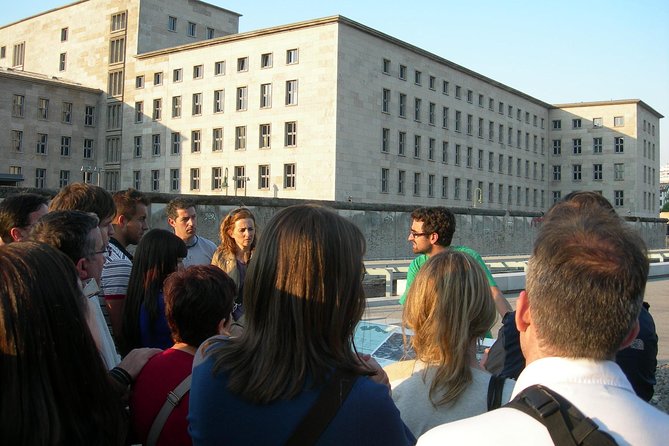
Architectural remnants of Nazism still dot the cityscape of Berlin, silently bearing witness to a dark chapter in history. Structures like the Reich Chancellery, which housed Hitler’s offices, and the Olympic Stadium, built for the 1936 Games, stand as stark reminders of the regime’s power. These buildings were often used as backdrops for Nazi propaganda, showcasing grandeur and strength.
Plus, Berlin’s memorials, such as the Memorial to the Murdered Jews of Europe and the Topography of Terror exhibit, offer somber reflections on the atrocities committed. These architectural remnants serve as poignant reminders of the past, urging visitors to remember and learn from the city’s complex history.
Berlin’s Post-War Reckoning
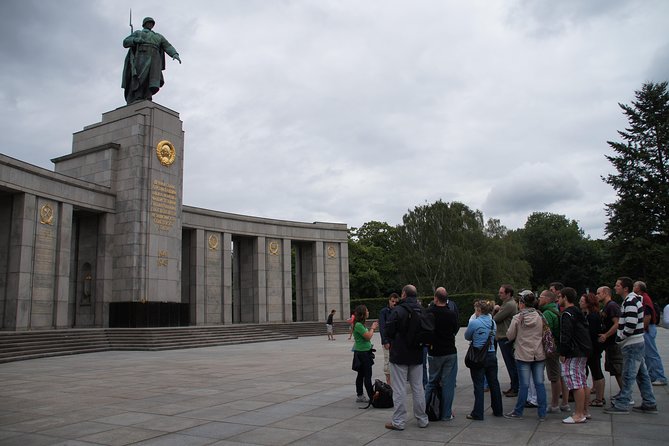
Remnants of Nazi architecture in Berlin stand as enduring symbols of a dark past, prompting contemplation on the city’s post-war reckoning and the path to reconciliation.
-
Post War Reflections:
-
Many Berliners grappled with guilt and shame over their city’s role in the atrocities of World War II.
-
Historical Significance:
-
Efforts were made to preserve sites like the Topography of Terror museum to educate future generations.
-
Reconciliation Efforts:
-
Memorials and educational programs were established to acknowledge the past and promote understanding.
-
Challenges Faced:
-
Balancing remembrance with the desire to move forward posed a complex challenge for the city.
Berlin’s post-war reckoning serves as a testament to the importance of reflecting on history to pave the way for a more enlightened future.
Here's a few more nearby tours and experiences we have reviewed.
- Private Berlin WWII and Cold War History Tour With Local Expert Guide
- Berlin Craft Beer and Cultural Tour With Snacks
- WWII and Its Ramifications: a Walking Tour Through 20th Century German History
- Potsdam Bike Tour With Rail Transport From Berlin
- 2-Hour Segway Discovery Tour Berlin
- Private Berlin Photography Walking Tour With a Professional Photographer
Common questions
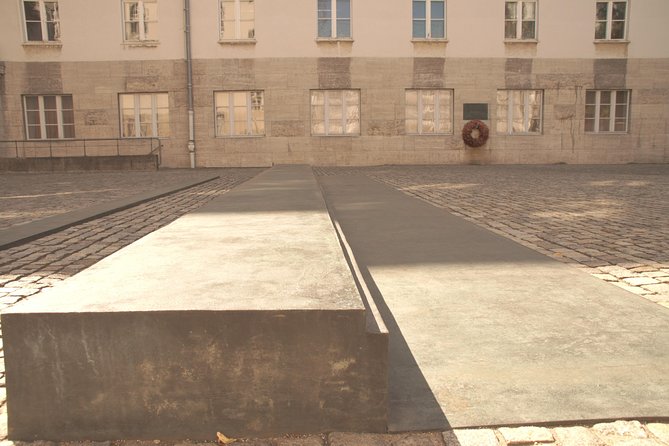
How Did the Local Population in Berlin Perceive the Rise of National Socialism in the City?
Local opinions on the rise of National Socialism in Berlin varied, reflecting complex social dynamics. Some embraced it for promised change, while others opposed its ideology. Understanding these perspectives illuminates the city’s historical fabric.
Were There Any Specific Resistance Movements or Underground Activities Against the Nazi Regime in Berlin?
Resistance movements and underground activities against the Nazi regime in Berlin were prevalent. Citizens formed secret groups, distributed anti-Nazi literature, and carried out acts of sabotage. Despite severe consequences, many brave individuals, risking their lives, opposed the oppressive regime.
What Role Did Berlin Play in the Implementation of Nazi Policies and Propaganda During the Third Reich?
Berlin’s architecture served as a key tool in promoting Nazi propaganda, showcasing power and ideology. The city played a significant role in implementing Nazi policies, using its urban landscape to convey messages of control and dominance.
How Were Cultural Institutions and Artistic Expressions Affected by the Nazi Regime in Berlin?
Cultural institutions in Berlin faced significant impact under the Nazi regime, with censorship stifling artistic expressions. The regime controlled art, promoting propaganda while suppressing dissent. Artists and cultural figures often faced restrictions, leading to a stifling environment limiting creativity and free expression.
What Efforts Have Been Made in Berlin to Commemorate and Educate About the City’s Dark History During the National Socialist Era?
In Berlin, commemorative events and educational programs aim to shed light on the city’s dark history during the National Socialist era. These initiatives help honor the past, educate current generations, and ensure such atrocities are never repeated.
Here's more of our most recent tour reviews happening neaby
- Szczecin: Transport From Berlin and One-Day Trip
- Private Transfer From Berlin to Prague
- Berlin’s Jewish Heritage: Private Tour of the Vibrant Jewish District
- Explore Berlin Wall to Reichstag and Brandenburg Gate Tour
- Private Transfer From Berlin Airport to Berlin Hotels
- Christmas Markets Segway Tour of Berlin
- Berlin Under the 3rd Reich Private Tour by Car or Foot
- Ticket to Berlin Dungeon, Sea Life and Madame Tussauds Berlin
- Berlin Photography Tour With a Expert Guide – Brandenburg Gate, Linden St & More
- Explore the Instaworthy Spots of Berlin With a Local
- 3-Hour Private Bike Tour of Tiergarten and Berlins Hidden Places
Last Words
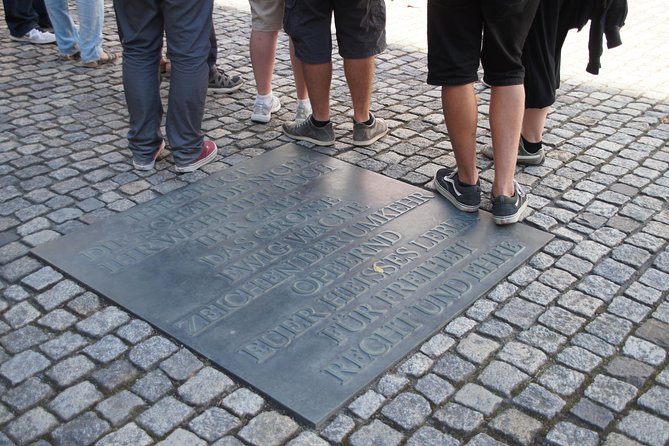
To sum it up, exploring Berlin under Nazism offers a profound understanding of the city’s complex history during the Third Reich period.
From the rise of National Socialism to the lasting impact on Berlin’s society and architecture, this tour provides a comprehensive insight into a pivotal era.
By delving into Berlin’s past, visitors can truly appreciate the city’s post-war reckoning and the lessons learned from this dark chapter in history.
Join us on this journey through Berlin’s compelling narrative under Nazism.